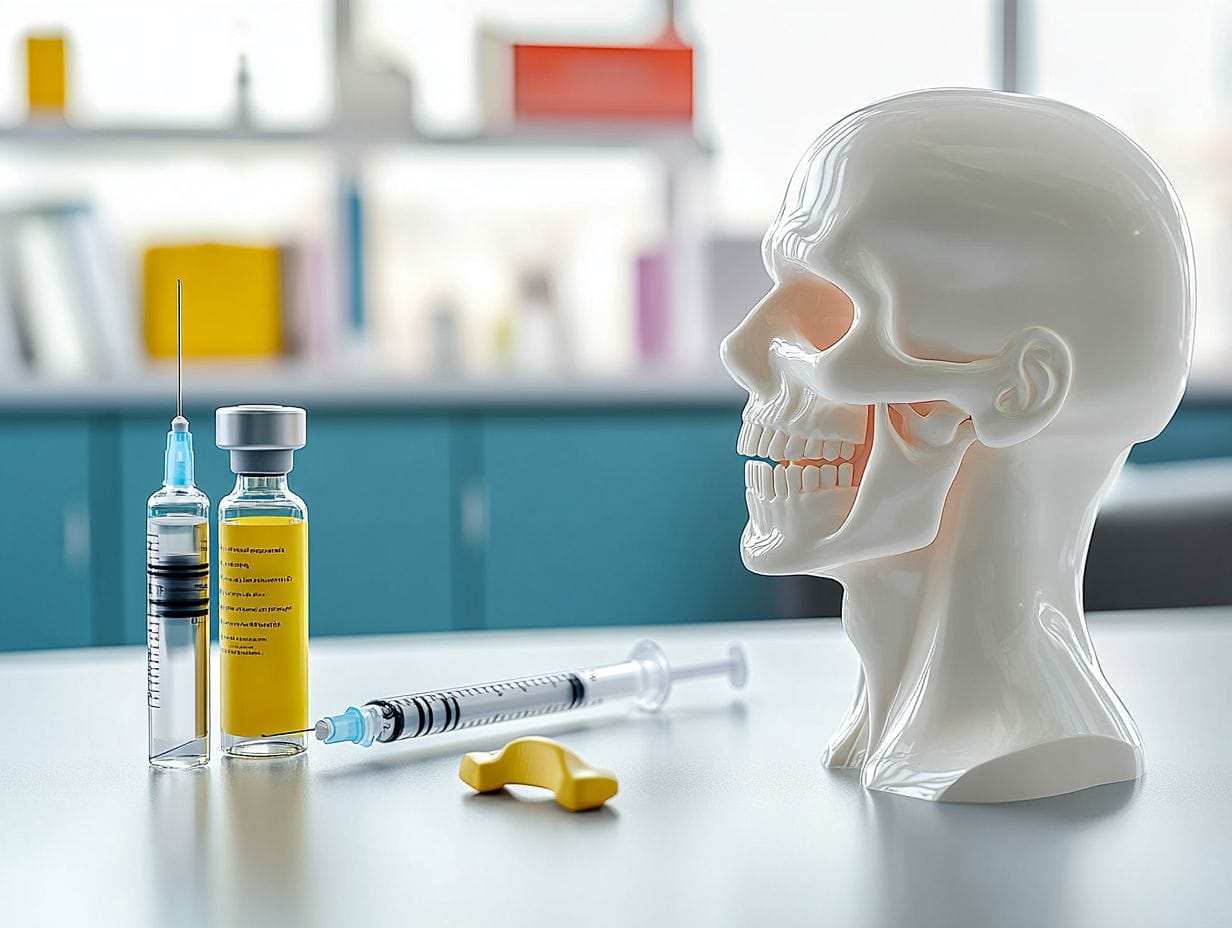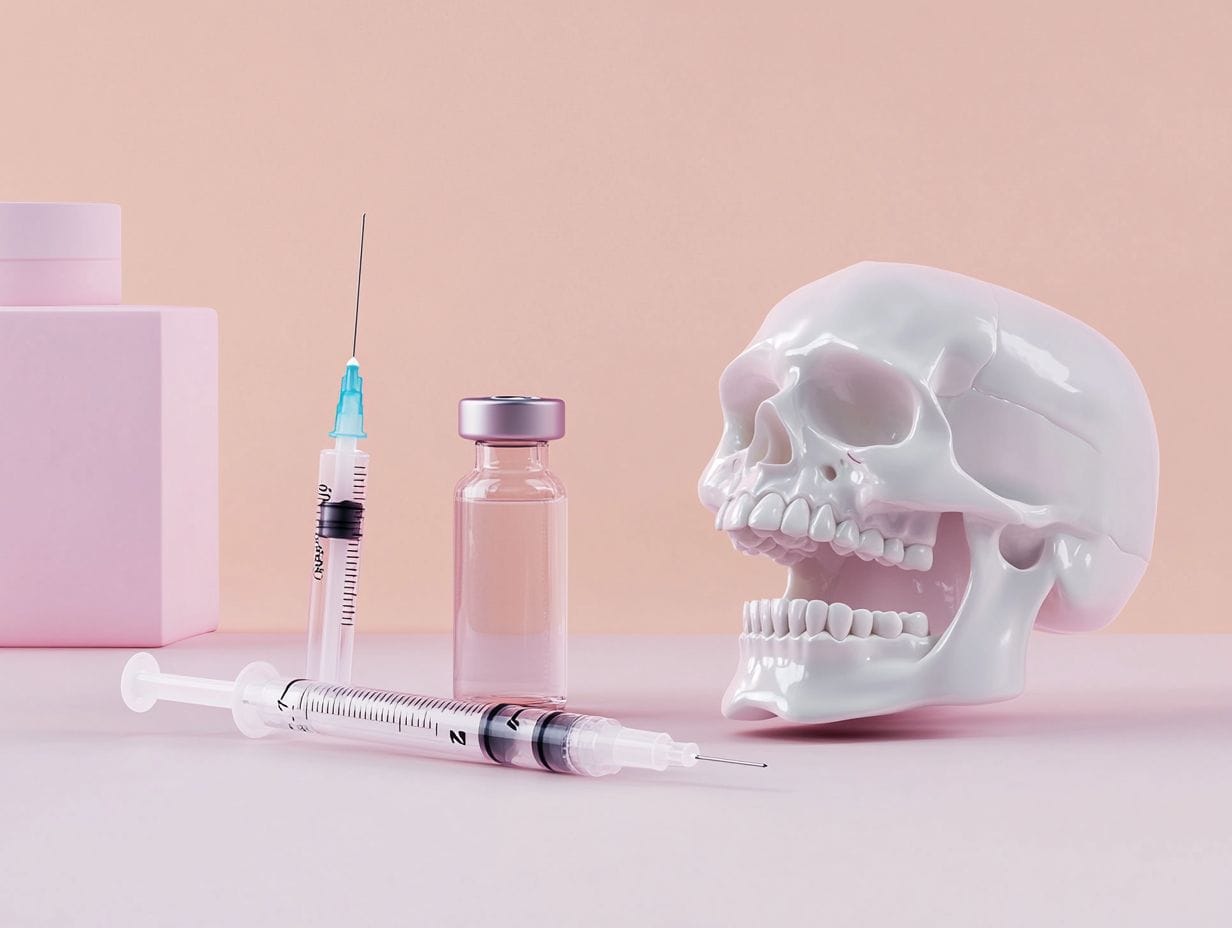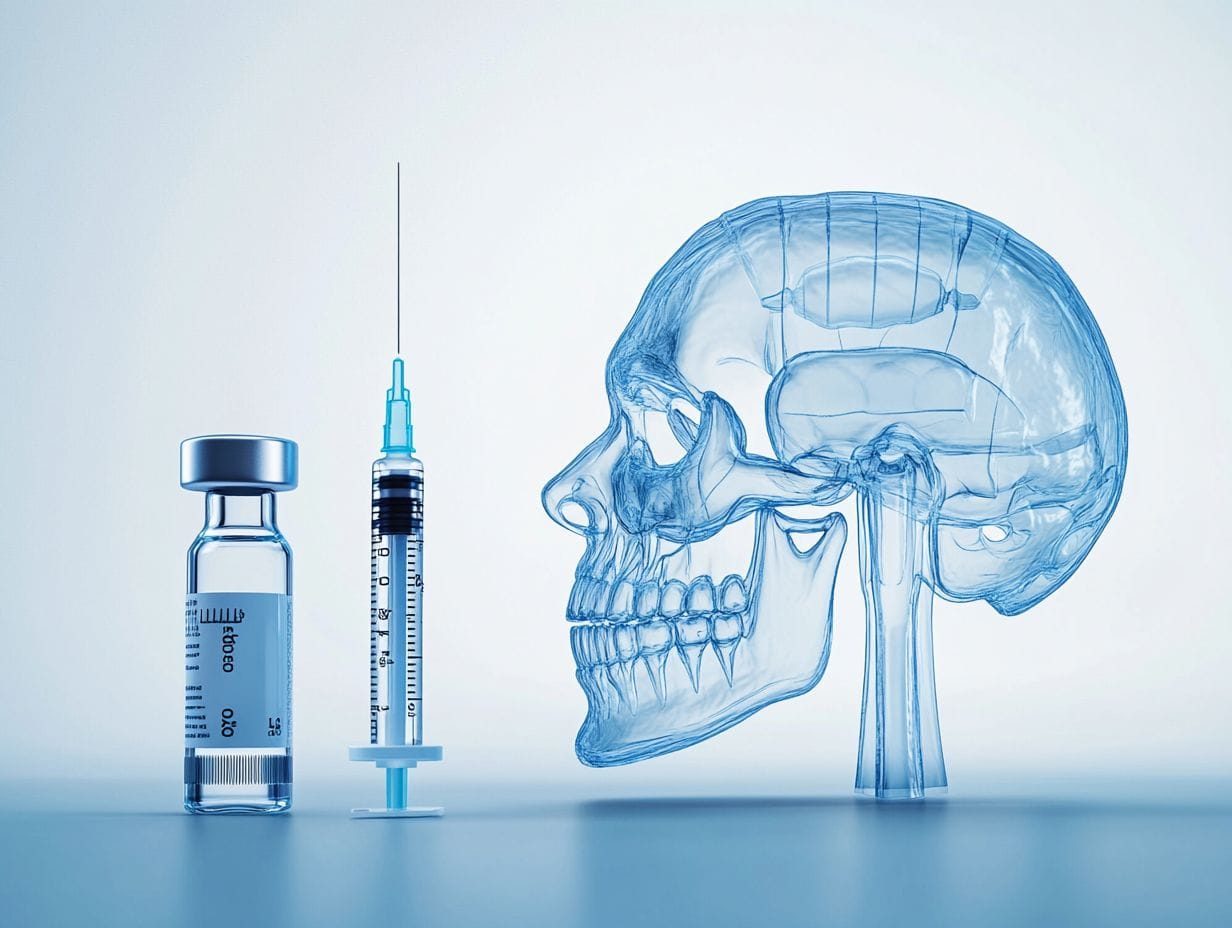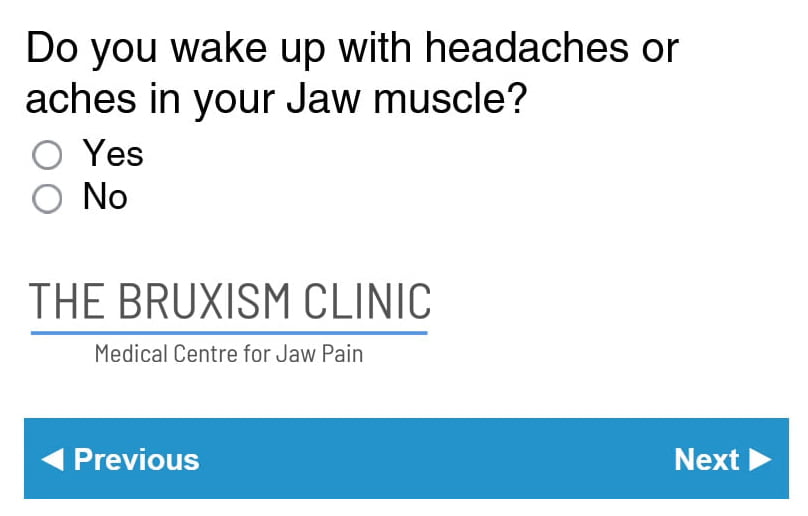TMJ, or temporomandibular joint disorder, can cause significant discomfort, including jaw pain, headaches, and difficulty eating. Understanding the causes of TMJ and how it is diagnosed is crucial for anyone experiencing its symptoms. In recent years, Botox has emerged as a promising treatment option, offering relief from these issues without invasive procedures. This article explores […]






 The interconnection between bruxism, jaw clenching, and temporomandibular joint (TMJ) dysfunction underscores the significance of the masseter and temporalis muscles in this dental concern.These muscles are essential for facilitating jaw movement; however, they can become excessively tense due to the repetitive grinding of teeth, resulting in a cycle of discomfort and pain. Over time, this muscle tension may contribute to misalignment and inflammation within the temporomandibular joint, thereby exacerbating symptoms such as jaw pain and headaches.Pain relief options, including physiotherapy, stress management techniques, and dental splints, can significantly alleviate the strain on these muscles. Addressing bruxism not only enhances jaw function but also plays a crucial role in maintaining overall dental health, thereby reducing the risk of worn-down teeth and related complications.
The interconnection between bruxism, jaw clenching, and temporomandibular joint (TMJ) dysfunction underscores the significance of the masseter and temporalis muscles in this dental concern.These muscles are essential for facilitating jaw movement; however, they can become excessively tense due to the repetitive grinding of teeth, resulting in a cycle of discomfort and pain. Over time, this muscle tension may contribute to misalignment and inflammation within the temporomandibular joint, thereby exacerbating symptoms such as jaw pain and headaches.Pain relief options, including physiotherapy, stress management techniques, and dental splints, can significantly alleviate the strain on these muscles. Addressing bruxism not only enhances jaw function but also plays a crucial role in maintaining overall dental health, thereby reducing the risk of worn-down teeth and related complications.
 Botox is recognised as an effective treatment for bruxism; however, it is essential to comprehend both the potential benefits and risks associated with its administration.The treatment operates by temporarily relaxing the muscles responsible for jaw clenching, which can lead to a significant reduction in related pain and discomfort. Many individuals experiencing bruxism often find themselves caught in a cycle of stress and muscle tension, making the relief afforded by Botox particularly attractive.Nevertheless, potential side effects, such as muscle weakness or allergic reactions, must not be overlooked. It is imperative for individuals considering this option to engage in a thorough consultation with a qualified healthcare provider. This consultation facilitates a comprehensive assessment of individual health needs and the likelihood of adverse effects, thereby ensuring the most favourable outcome in managing bruxism symptoms.
Botox is recognised as an effective treatment for bruxism; however, it is essential to comprehend both the potential benefits and risks associated with its administration.The treatment operates by temporarily relaxing the muscles responsible for jaw clenching, which can lead to a significant reduction in related pain and discomfort. Many individuals experiencing bruxism often find themselves caught in a cycle of stress and muscle tension, making the relief afforded by Botox particularly attractive.Nevertheless, potential side effects, such as muscle weakness or allergic reactions, must not be overlooked. It is imperative for individuals considering this option to engage in a thorough consultation with a qualified healthcare provider. This consultation facilitates a comprehensive assessment of individual health needs and the likelihood of adverse effects, thereby ensuring the most favourable outcome in managing bruxism symptoms. When evaluating treatment options for bruxism, a comparison between TMJ splints and Botox reveals notable differences in effectiveness, risks, and side effects.Each approach addresses distinct needs and preferences, making it imperative for individuals to carefully consider the advantages and disadvantages prior to making a decision. For many, TMJ splints present a non-invasive, reversible solution that provides physical support and alleviates pressure on the jaw muscles. Conversely, Botox introduces a novel approach by temporarily paralyzing the muscles responsible for grinding, which may offer quicker relief.Patient experiences may vary significantly based on individual responsiveness to each treatment, potential side effects, and the necessity for ongoing management. A comprehensive understanding of these nuances is essential for making an informed choice.
When evaluating treatment options for bruxism, a comparison between TMJ splints and Botox reveals notable differences in effectiveness, risks, and side effects.Each approach addresses distinct needs and preferences, making it imperative for individuals to carefully consider the advantages and disadvantages prior to making a decision. For many, TMJ splints present a non-invasive, reversible solution that provides physical support and alleviates pressure on the jaw muscles. Conversely, Botox introduces a novel approach by temporarily paralyzing the muscles responsible for grinding, which may offer quicker relief.Patient experiences may vary significantly based on individual responsiveness to each treatment, potential side effects, and the necessity for ongoing management. A comprehensive understanding of these nuances is essential for making an informed choice.

